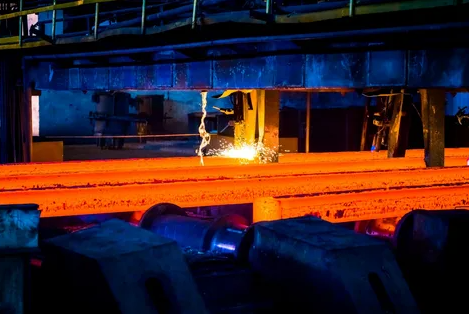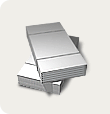The Indian Government’s Proposed Reforms of the Goods and Service Tax (GST) Resulting in the Lowering of Tax Rates COULD AUTOMOBILE DEMAND UP 5-10-10 percenting, According to a Report by Investment Banker Nomura Issued on Friday, August 22.
According to Nomura, An Indirect Tax Rate Under the GST COL Trigger a Meaningful Upside for The Seceenger Vehicle Majors Maruti Suzuki, Mahindra & Mahindra, Ashok Leyland and TVS Motor, as expected, will be one of the largest of the largest The beneficiaries.
Currently, cars fall under the highest GST-plate, with small cars and taxes with two wheels in 28 percent, while large cars attract 43-50 percent tax depending on the size. Small cars and two -wheeled vehicles can fall to 18 percent, while bets on larger cars can decrease to about 40 percent.
However, motorcycles are above 350 cubic meters. Manufacturers. Derived manufacturers of two-wheeled vehicles also deal with the costs of oncoming winds from the upcoming mandate to combat marriage (ABS), which can eat almost half of the advantages of GST.
All over the advice, car manufacturers can see an improvement for 100–150 basic points on the edges, while OEM-renovation, which have a higher House exposure to get the most. For suppliers of automobile components such as UNO Minda, Samvardhana Motherson and Sansera Engineering, the demand approach can lead to higher volumes and higher price power in the secondary market segment. In particular, domestic suppliers will benefit, as growing vehicle sales improve the order in the cost of creating cost, said Nomura.






